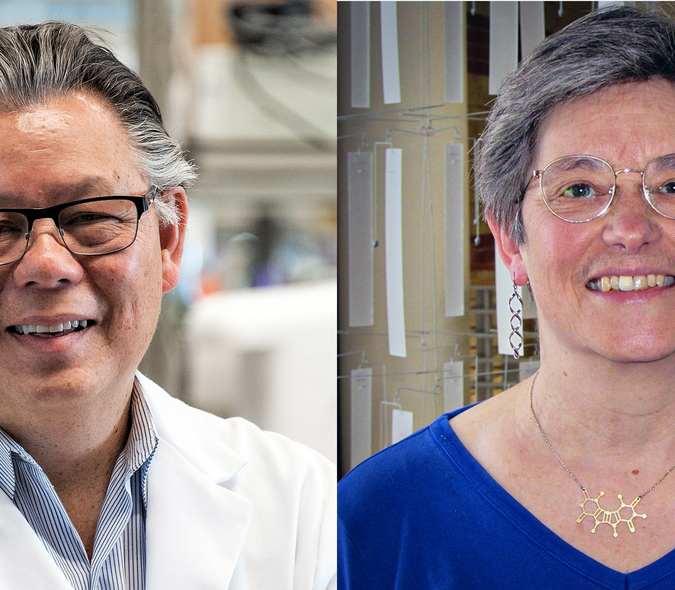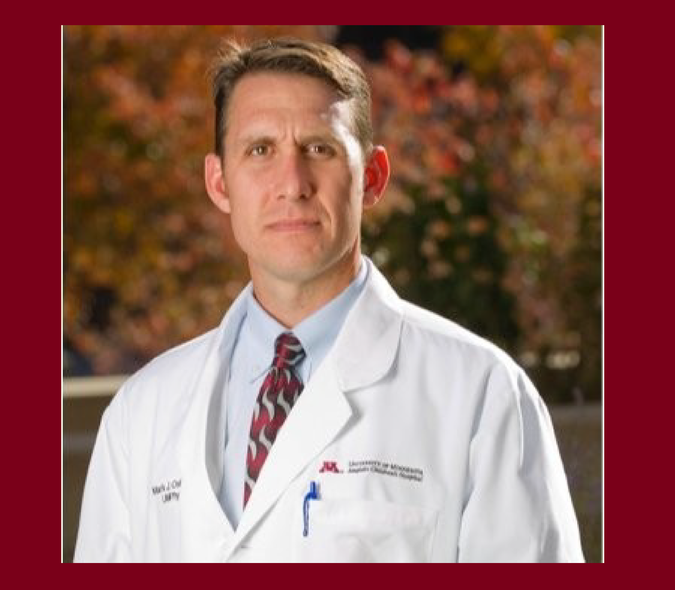SCI faculty are working on new diagnostics and therapeutics to address the COVID-19 outbreak
A summary of four new initiatives from SCI Faculty: Bruce Walcheck, Mark Osborn, Walter Low and Mei Bigliardi-Qi.
Regulation of the SARS-COV-2 Receptor ACE2 by ADAM17
The spike (S) protein expressed by SARS-CoV (2002/2003 SARS pandemic) and SARS-CoV-2 (COVID-19) recognize the receptor ACE2 on human cells. Acute respiratory distress syndrome (ARDS) is a main cause of death of COVID-19 in vulnerable individuals.
One of the main mechanisms for ARDS is the development of a cytokine storm, including high levels of IL-6 and TNF-alpha. ACE2 can be clipped from the surface of cells by proteases including ADAM17, and this appears to increase viral infection. ADAM17 also mediates the release of TNF-alpha and IL-6 receptor.
“The Walcheck lab has extensive experience and resources to study and block ADAM17 function. For this pilot study, we will use recombinant SARS-CoV-2 spike protein and SARS-CoV-2 pseudoviruses for ACE2 engagement. We anticipate that ADAM17 inhibition will reduce ACE2 clipping and viral entry as well as cytokine production. If successful, the pilot study will be leveraged for drug development to target ADAM17 and federal funding for further research,” said Bruce Walcheck, PhD, professor of Veterinary and Biomedical Sciences.
Project collaborators include Fang Li, PhD, and Jianming (Jimmy) Wu, DVM, PhD.
Members of the University of Minnesota can view Bruce Walcheck's recent presentation about this research to the Stem Cell Institute.
Rapid, Field Deployable COVID-19 Testing
The current lack of expeditious testing for COVID-19 represents a critical diagnostic and therapeutic gap.
This study led by Mark Osborn, PhD, assistant professor of pediatrics, will determine if a rapid, point of care system operative in his lab can be rapidly adapted and deployed as part of a field-based COVID-19 diagnostic platform that does not require specialized techniques or equipment.
“Our assay will be designed to rapidly test for COVID-19 and then further distinguish between COVID-19 Type I and Type II,” said Osborn.
Type II COVID is believed to be more infectious, so the ability to discriminate between Types I and II can not only help prioritize patients for urgent care, it can provide important information for epidemiologists and policy makers.
“Using rapid nucleic acid isolation, amplification, and detection with our design will give results in one hour. This streamlined approach will help in easing the current test backlog and will be a valuable public health resource, especially in areas where advanced medical and diagnostic infrastructure is not present,” said Osborn.
Low lab will study using stem cells to blunt pulmonary inflammation from COVID-19
COVID-19 infection is associated with coughing and fever which can progress to pneumonia and acute respiratory dysfunction thought to be due to severe pulmonary inflammation.
This study led by Walter Low PhD, Professor of Medicine, will use isolated and characterized stem cells derived from human umbilical cord blood to blunt the deleterious effects of inflammation. These cells have been shown to down-regulate immune cell infiltration including neutrophil macrophage NK cell, T cells and B cells in the brain and other organs and tissues.
"We predict that these types of stem cells could also significantly reduce acute pulmonary inflammation" said Low.
The Low team plans to begin studies in rodents in a model of pulmonary inflammation and then move to a virus-specific model system. If successful, this approach could represent a long-term and responsive means to quell chronic local and systemic inflammation associated with viral infection.
Members of the University of Minnesota can view Walt Low's presentation about this project here.
Pilot study to validate a new technology to measure the presence of antibodies against SARS-Cov2
Characterizing the immunization status of patients who have recovered from COVID-19 infection is critical for understanding patients' risk of reinfection and responses to vaccines. Dr. Mei Bigliardi Qi, a faculty member in the Stem Cell Institute and the Dermatology department, and Dr. Paul Bigliardi, Head of the Dermato-Allergy Division of the Dermatology department are launching a pilot study to validate the use of EliSpot technology to measure not only the presence of antibodies against SARS-Cov2 but also to quantify the specific acquired immune response by antibodies and immune cells to the virus in patients who have recovered from COVID-19. This more comprehensive characterization of immune cellular status will be important not only for the diagnosis of ongoing infections but also for quantifying the immune response after resolution of the infection and after vaccination.



